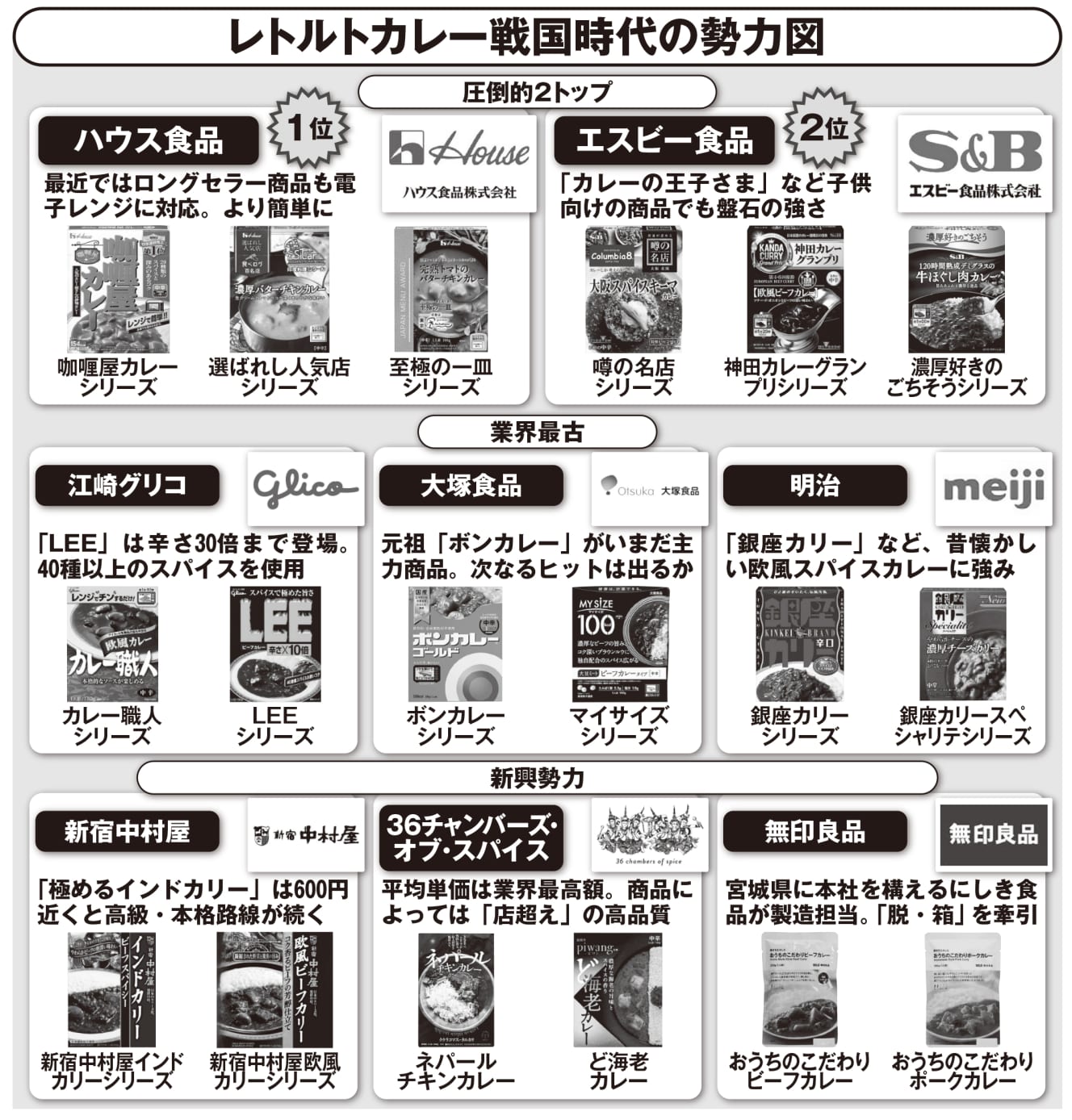Retort Curry Industry] Too Easy, Too Delicious! The “400-yen barrier” has been broken down, and the hot battle for authentic taste is on!
House Foods, the "industry leader," Otsuka Foods, the oldest "Bon Curry," S.B., a "famous restaurant collaboration," 36 Chambers of Spice, a brave newcomer in the high price range, MUJI, which does not put its products in boxes, etc.
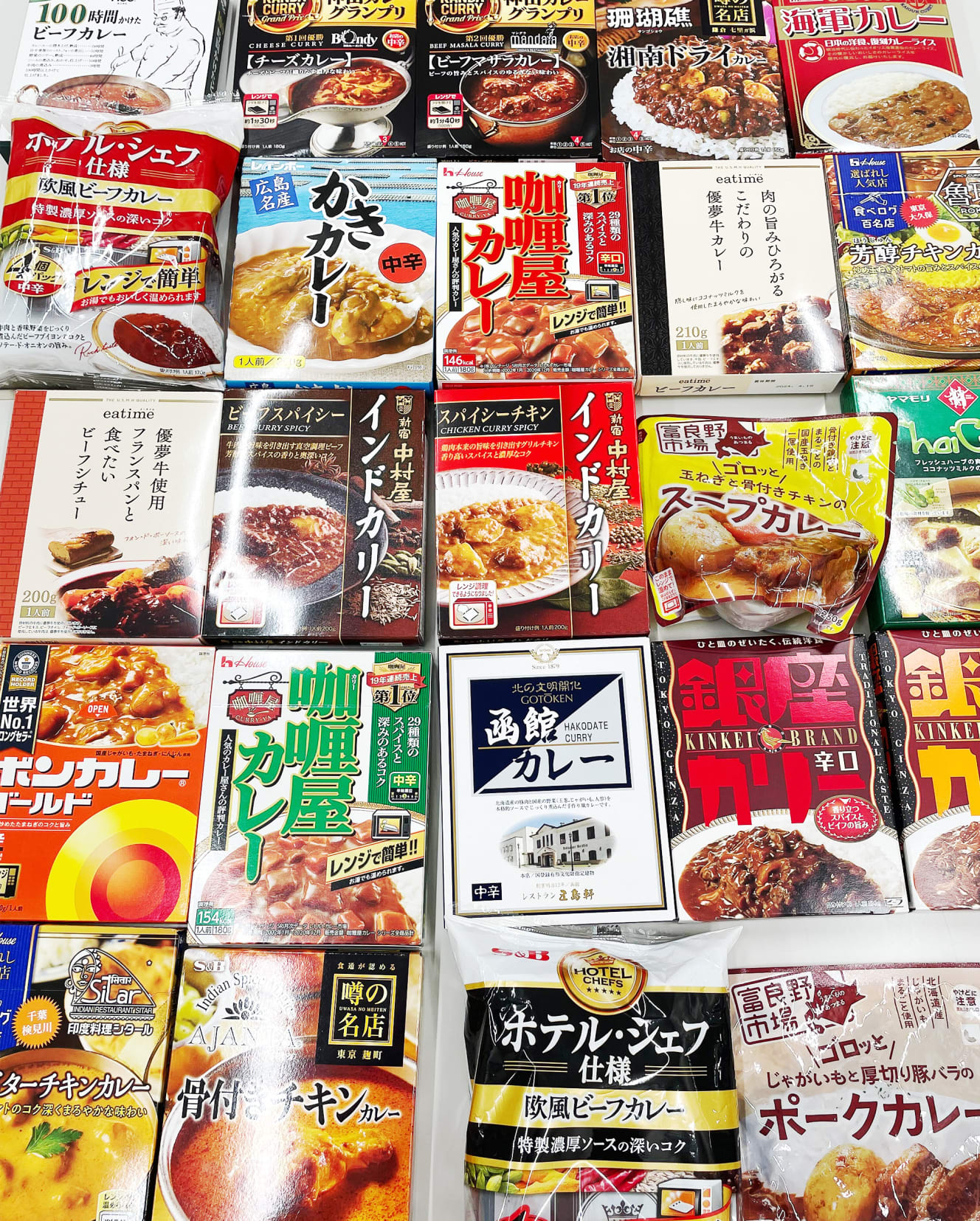
Cheap and tasteless” – this is the image consumers have of retort-packed curry, which is now collapsing.
The image consumers have of retort-pouch curry is now collapsing.
Last summer, Shogi prodigy Sota Fujii, 21, received a 5,000 yen (including tax) retort curry containing a large portion of Sendai beef steak as a birthday present from Toshiyuki Moriuchi, 53, 9-dan.
Retort curry, which used to be sold as a cheap and convenient product that could be obtained at a 100-yen store, is now undergoing a major transformation. Takehisa Inoue, president of the Curry Research Institute, explains.
The original retort curry was Otsuka Foods’ Bon Curry, which went on sale in 1968. After that, products in the 200-yen tax-included price range were released one after another, such as Meiji’s Ginza Curry. Later, products under 200 yen, such as House Foods’ “咖喱屋カレー” (139 yen), began to appear on store shelves, and the public began to gravitate toward cheaper products.
The tide began to turn in the 2000s. It was in the 2000s when Shinjuku Nakamuraya began selling high-end curry priced in the 300-400 yen range. Until then, there was an unwritten rule in the industry that “products over 400 yen cannot be sold,” but Nakamuraya has broken down this barrier. Retort curry is sterilized under high pressure to withstand storage at room temperature, so the aroma of the spices is lost and the curry does not have an authentic taste, which was a weakness. ……
In fact, at the time, Nakamuraya was making retort curry for commercial use for a certain family restaurant. Through repeated trial and error, we succeeded in raising the quality to a level where it could be served in restaurants. However, that family restaurant started to serve its own manufactured curry, and the contract expired, so we started to sell the product ourselves, taking advantage of our accumulated know-how. Since it was originally a product for restaurants, the price range was also raised. Nevertheless, the authentic taste of the product gained popularity and was accepted by the masses,” said Inoue.
Like Nakamuraya, MUJI’s mainstay products are those priced at 300 yen or more.
Its “Butter Chicken Curry,” for example, is an authentic curry with a strong spice flavor that has many fans. The company responsible for the production is Nishiki Foods, which makes the 5,000 yen curry that Mr. Fujii ate. Since this company is known for its technological prowess in creating a variety of products from low to high price ranges, the taste of MUJI products has also evolved over the years.
What makes Nishiki Foods and MUJI’s retort-pouch curry unique is that there is no box; it is a pouch. Moreover, it is designed to stand alone. This eliminates the risk of the box being damaged during transport and disposed of, thereby reducing food loss and costs. Currently, other companies are following this trend and timing the elimination of the box,” says retort curry researcher Kokiaki Metsurima.
While the high-priced product has established a firm position, Bon Curry has not been able to become as absolute as Nissin’s “Cup Noodle” in the cup noodle industry.
However, Otsuka Foods, utilizing the sales channels of its group company Otsuka Pharmaceutical, succeeded in placing health-conscious products on the shelves of dispensing pharmacies, such as the “My Size” series, which claims to be low in salt and calories. By dominating an area that other manufacturers cannot penetrate, the company is still competing for top market share.
Major players take on emerging power
In pursuit of the top-runner House Foods, Ezaki Glico, whose “LEE” series and “Curry Artisan” series have gained popularity, Meiji, whose “Ginza Curry” series with the richness of two-step bouillon and sweet onions has gained strong support, and Muji are in a close competition with each other. –However, Meiji and Mujirushi are still in a tight race with each other. The leading competitor to House Foods is the spice giant SB Foods, which has already launched “Curry Day” and “Curry Day” and “Curry Day” and “Curry Day” and “Curry Day”.
However, the company has not focused much on spice products, perhaps believing that spice products that emphasize aroma would not sell well. However, latecomers such as Nakamuraya and MUJI were very successful. Seizing this opportunity, in the summer of 2005, S.B. launched “Rumor’s Famous Osaka Spiced Keema Curry” under the supervision of the famous curry restaurant “Columbia Eight. The curry is a keema curry, but the roux is silky and the cardamom is effective, a mysterious curry that has been successfully reproduced. This gripped the aroma-oriented customers. The company has always been strong in spices. The “Kanda Curry Grand Prix” series, a collaboration with a curry contest grand prix-winning restaurant, is also highly accomplished and has satisfied many curry fans,” says curry researcher Spicy Maruyama.
Not resting on its laurels as a major player in the industry, SB Foods has put in a spurt of corporate efforts by leveraging its own strengths. Even so, the king, House Foods, which boasts the industry’s number one market share of 20-27%, is far ahead of the pack.
In addition to the top-selling “curry house curry,” the company has an overwhelming number of long-selling products, including the retort version of “Vermont Curry,” “Kukure Curry,” and “Curry Marche. The company is a leading company in the industry both in name and reality,” said Mr. Inoue.
The success of the collaboration series by S.B. Foods was not something that the king of the curry industry could afford to ignore.
House Foods has been a hit with new initiatives, such as the retort version of the “Japan Menu Award” winning menu sponsored by the gourmet food application “SARAH” and the “Selected Popular Restaurants” series in collaboration with “Eat Log”. In response to the rewind of major companies such as House and S.B., Nakamuraya has developed “Spice Traveler,” which allows you to taste spicy dishes from around the world, and Muji has developed “Curry of Ghibier,” which makes the most of the ingredients, and other companies are engaged in friendly competition.
Recently, a new force has emerged that attracts the attention of core fans with products that cost 500 yen, and in some cases, more than 1,000 yen.
It is 36 Chambers of Spices. The pressure and heat of high-pressure sterilization, which is an important manufacturing process for retort curry, is used in reverse to cook the meat until it is tender and tender, and then it is combined with the spices. You can taste curries such as ‘mutton curry’ that look like they are served by a meticulous individual restaurant,” said Mr. MEDORIMA.
Spices and collaboration with famous restaurants. The champion aggressively adopts new tactics, and the newcomer fights back. The battle for supremacy in the retort-pouch curry industry, where a tense atmosphere prevails, is sure to become hotter and hotter in the future.
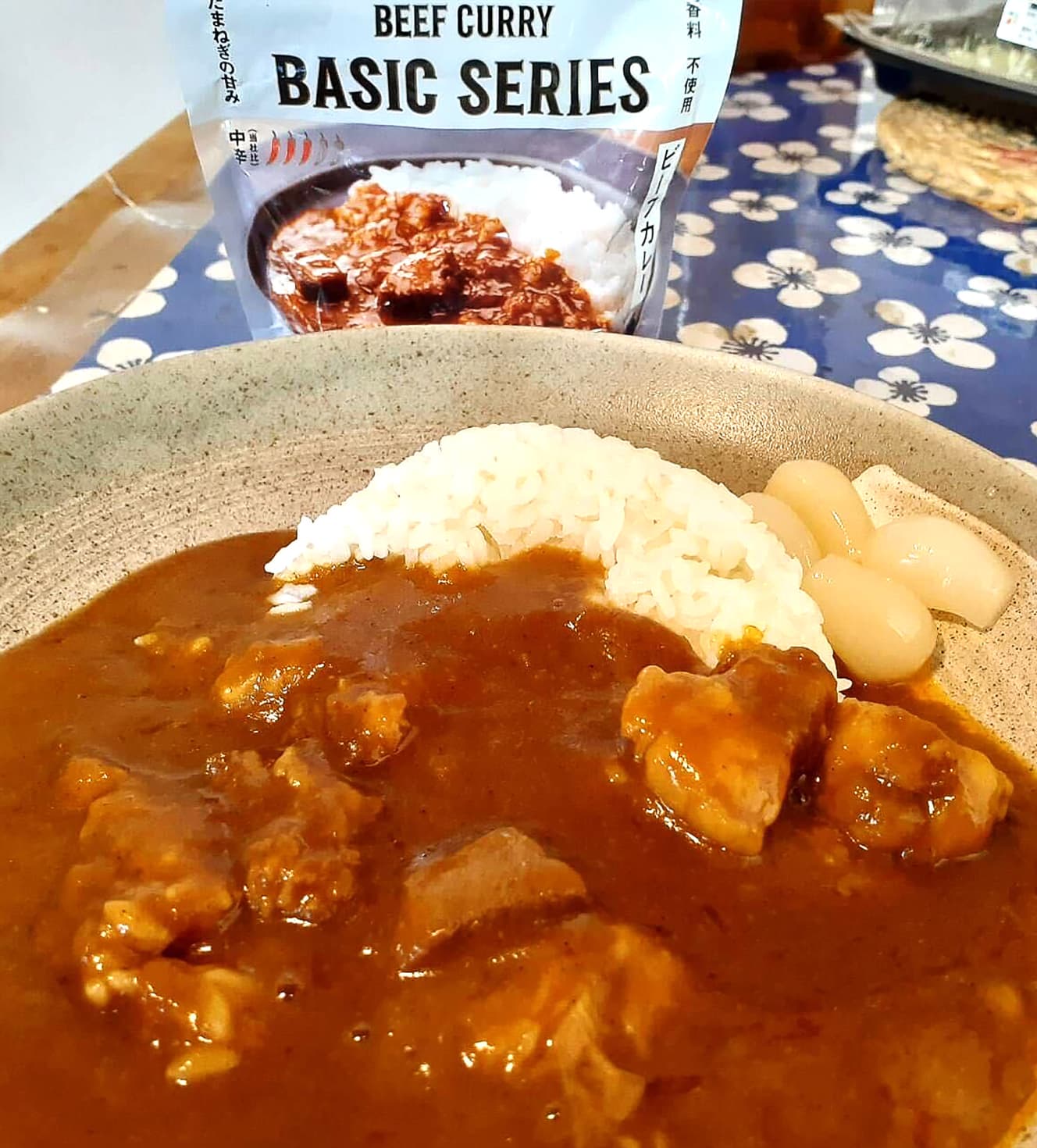
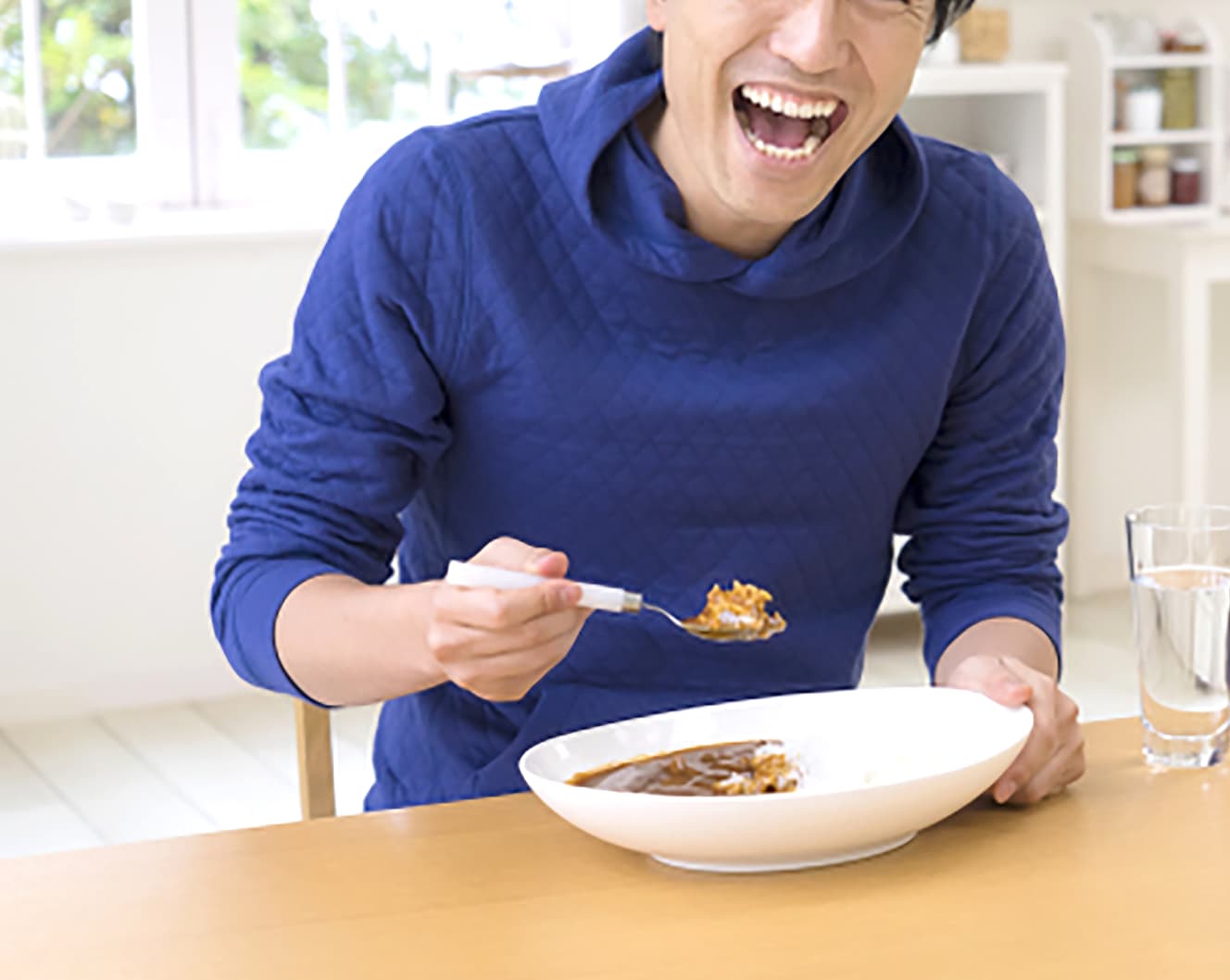
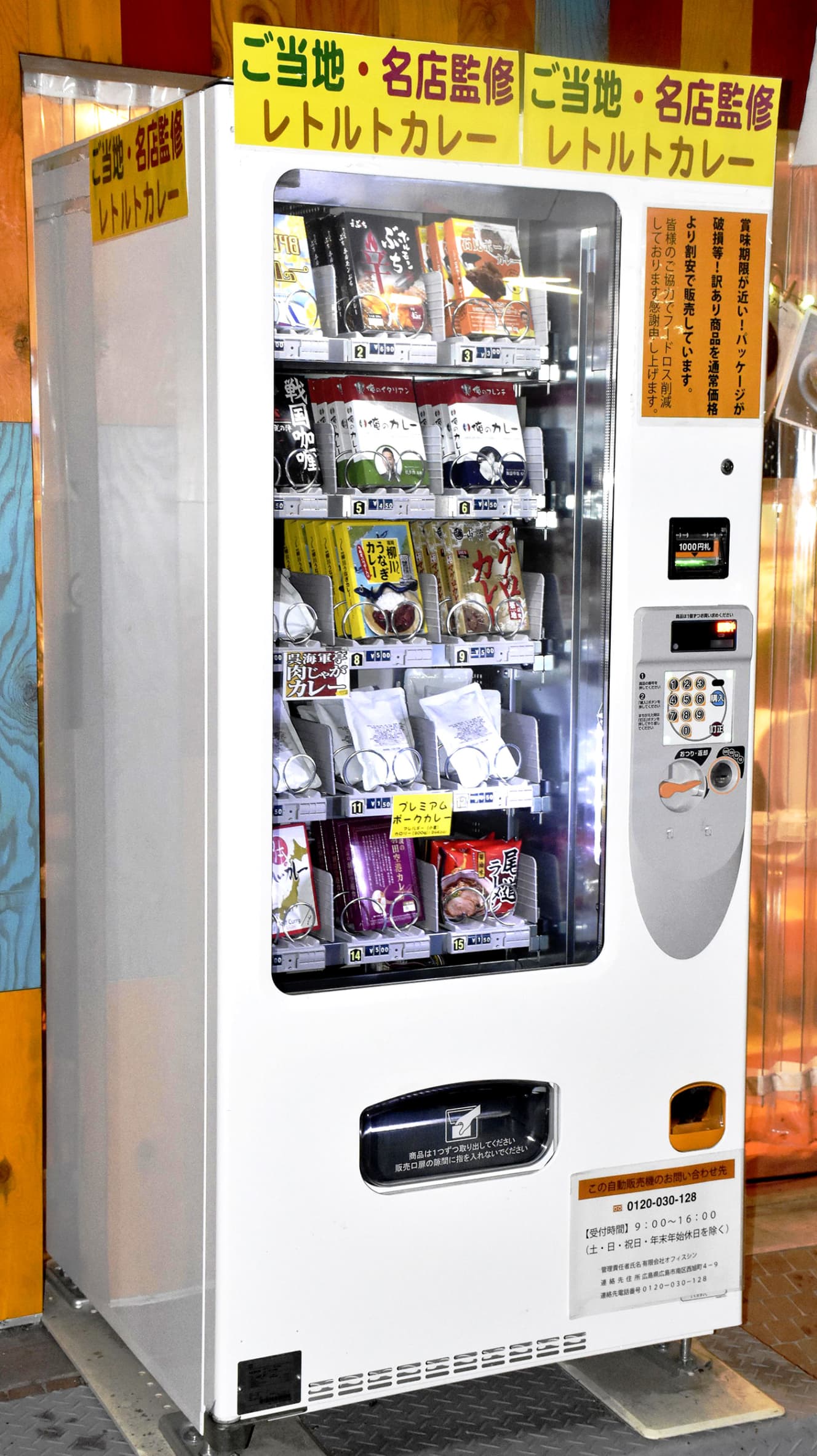
From the November 10 and 17, 2023 issue of FRIDAY
PHOTO: Kyodo News Image Navi
